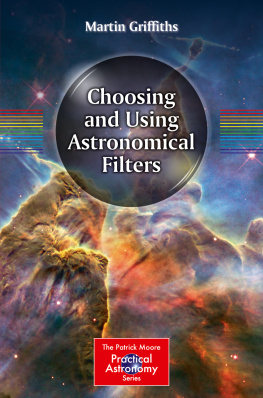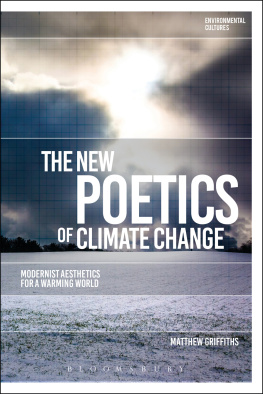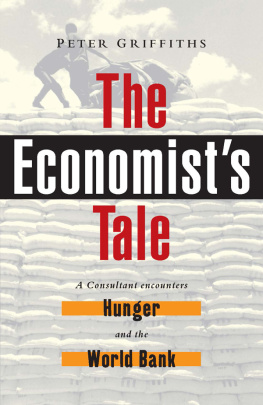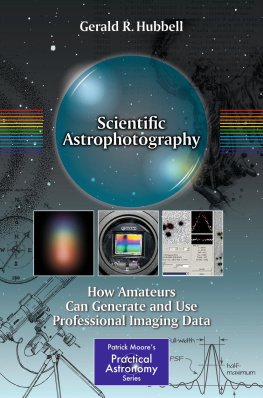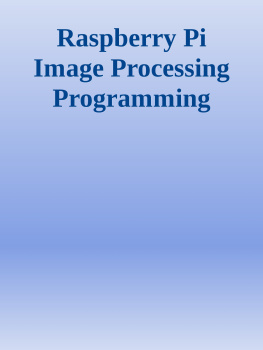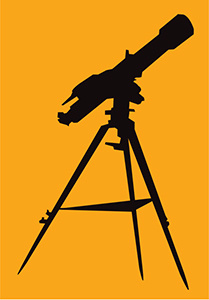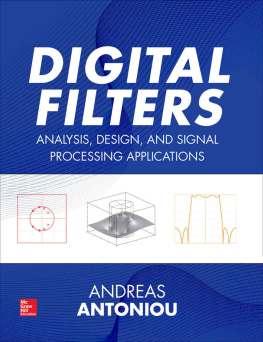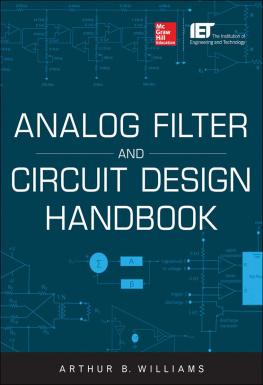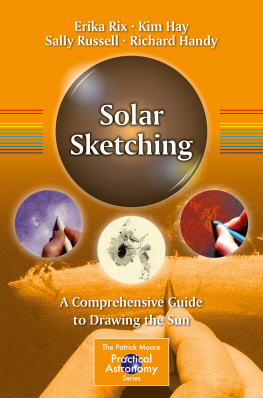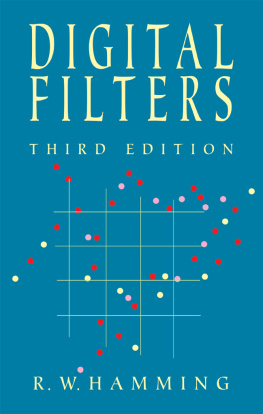1. A Brief History of Astronomical Imaging
The activity of photographing and imaging the objects in the sky has an illustrious but very short history. For centuries after the invention of the telescope astronomers relied upon their eyes to record astronomical details, with wildly varying results.
The problem with astronomical observing at the time of the early nineteenth century was simply this: large telescopes were readily available, but recording any image required an astronomer at the eyepiece who would then sketch the image visible through the telescope.
This technique inevitably led to differences in appearance of the same objects drawn by various observers, since the size of the telescopes may have differed, as well as seeing conditions and elevation of the object. Above all, the dependence on the artistic ability of the astronomer rendered objects liable to disparity in appearance due to the diverse ability of the observers handeyebrain coordination and a tendency to over-exaggerate the image with details that were barely visible, yet rendered out of proportion to their actual values. It was essential that a standard tool be found to record astronomical images as faithfully as possible.
From the first tentative steps into photography made by pioneers such as Louis Daguerre, William Fox Talbot and John Herschel it was realized that is this process could be improved and perfected, that it would make a very useful technological tool for astronomers looking for an absolute standard in observatory work. However, most photographic processes during the early nineteenth century were too slow for astronomical purposes. Daguerres original process was painstakingly slow, with a polished silver layer on a copper base being exposed to iodine vapor and thus creating an image of silver iodide that then had to undergo further processing. William Fox Talbot made a valuable contribution by substituting the copper base for paper. It was John Herschels seminal paper, however, Note on the art of Photography, or The Application of the Chemical Rays of Light to the Purpose of Pictorial Representation, to the Royal Society on March 14, 1839, that made everyone sit up and explore the possibilities of this new technology.
Astronomical application followed shortly thereafter. The first daguerreotype of the Moon was obtained in 1840 by the American J. W. Draper in a 20-min exposure (the plate was later destroyed in a fire), and the Sun was photographed by Leon Foucault in 1845. The first star to be recorded photographically was captured in 1850 by the astronomer William Cranch Bond at Harvard, with the star Vega as his subject, and in 1851 the Suns corona was photographed for the first time by August Busch at Konigsberg observatory. Nevertheless, it was obvious that the photographic process needed a boost to obtain faster speeds.
A year after Bond took his starry photograph; the French inventor Gustav le Grey invented the wet collodion process that remarkably increased the speed and efficiency of photographic emulsions. The problem was that the film had to be prepared very carefully and used immediately, as the materials could not be stored. This would have led to observatories becoming large photographic shops in their own right by using chemicals such as sulfuric acid and potassium nitrate, which were then reacted on a small quantity of cotton to create nitrocellulose. The whole was then mixed with alcohol, bromide, cadmium, ammonia and iodine and then spread onto glass plates for immediate use. The plate was then developed in silver nitrates and silver iodides, making the whole process a nightmare of preparation requiring the use of noxious chemicals by a large staff specially trained in this type of work.
Unsurprisingly, the wet collodion process did not catch on in astronomy despite being suggested for this use by the British photographer Frederick Scott-Archer. The system was improved considerably by the Welsh landowner John Dillwyn Llewellyn in 1856, who invented the Oxymel process that enabled the plates to be stored for longer, and it was with this improved system that he and his daughter Thereza Took the first photograph of the Moon from Wales. Cementing the relationship with astronomy, Thereza later married the grandson of Neville Maskelyne, the fifth Astronomer Royal, although her astronomical pursuits did not continue after her marriage.
The collodion process did have some success under the application of Warren de la Rue, who took several exquisitely detailed pictures of the Moon during the years 18511856. de la Rues great contribution to celestial photography came with his invention of the photoheliograph, which he presented to the Royal Society. This device enabled him to obtain photographs of the Sun, and in 1858 regular work photographing the Sun was inaugurated at Kew before the process was moved to the Royal Observatory at Greenwich in 1873. In 1860 de la Rue took the photoheliograph to Spain to view the solar eclipse of that year, and the resultant photographs proved beyond doubt that the prominences seen during former eclipses were definitely associated with activity on the solar surface.
Warren de la Rues contribution to celestial photography in the nineteenth century put imaging at the forefront of astronomical techniques, though by 1873 he had given up photography due to ill health. He donated his telescopes and instruments to the Oxford college observatory and ensured the success of astronomical photography by donating a 13-in. refractor to the college to enable it to take part in the international photographic survey of the heavens that provided data for the French astrographic catalog detailed below. Thanks to his wonderful contributions to this emerging craft, a crater on the Moon is named in his honor.
Advancing Technology
A better dry process was invented that enabled photographers and astronomers to store the plates until ready for use. In 1871 the British inventor Richard L. Maddox produced a dry process using silver salts, and 4 years later J. Johnson and W. Bolton made the first true negative emulsion for photographic use. This system, using the first good photographic quality dry plates, was used for astronomical purposes by the husband and wife team Sir William and Lady Margaret Huggins in 1876, though Huggins and his assistant, the chemist William Miller, had used the wet collodion process to obtain spectrograms of the stars Sirius and Capella back in 1863. In America the irrepressible Henry Draper photographed the spectrum of Vega directly and obtained a good image of the absorption lines. It was becoming obvious to all what an important astronomical tool photography could be.
By 1878 the dry astronomical plate became a widespread medium. C.E. Bennett combined the salts with a neutral medium and produced faster dry plates for astrophotography. The next year (1879) George Eastman (of Eastman Kodak fame) built a machine that would coat glass plates with silver salts at a prodigious rate, effectively mass producing a quick standardized process of photography with faster emulsions ready for commercial use.
That same year the first quality photographs of Jupiter and Saturn were obtained, and in 1881 the first photographs of a comet (Tebbutts comet) were made. The Orion Nebula had been photographed in 1880 by Henry Draper and revealed the power of the new photographic tools by giving the most detailed look at the gas and individual stars of the nebula yet produced. So good was the dry plate process that the first spectra of stars were photographed, again by Draper, enabling studies to be done at leisure.

